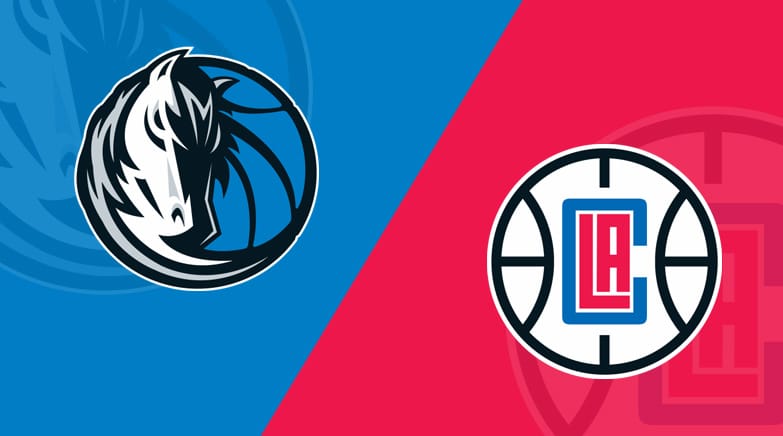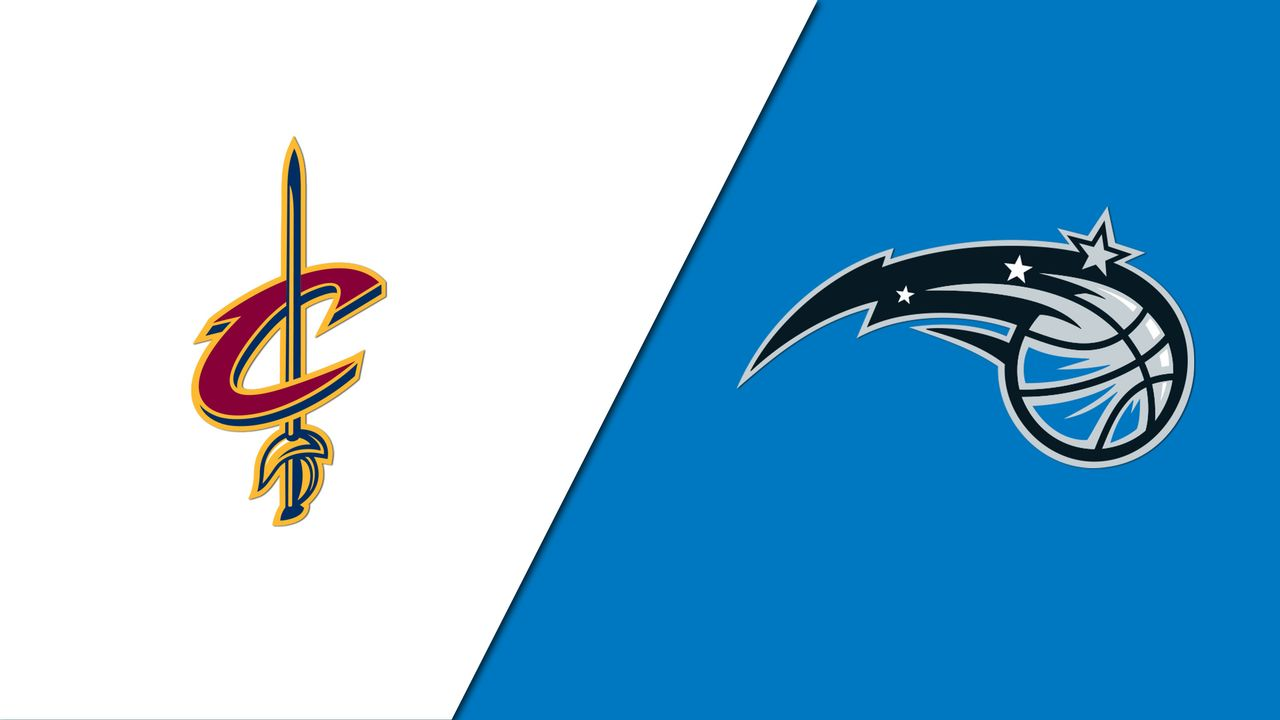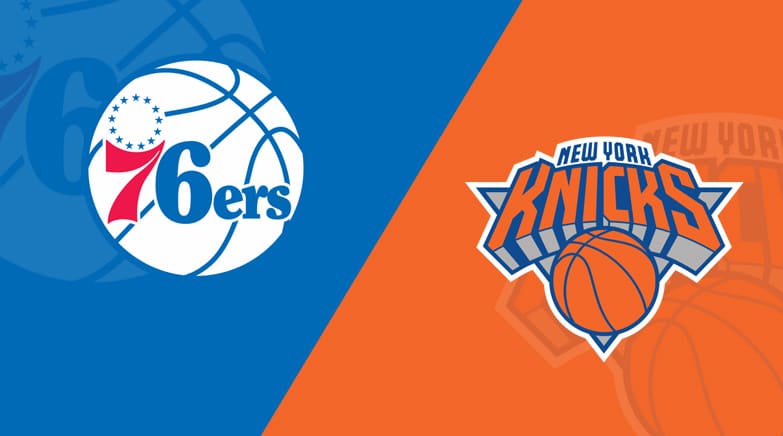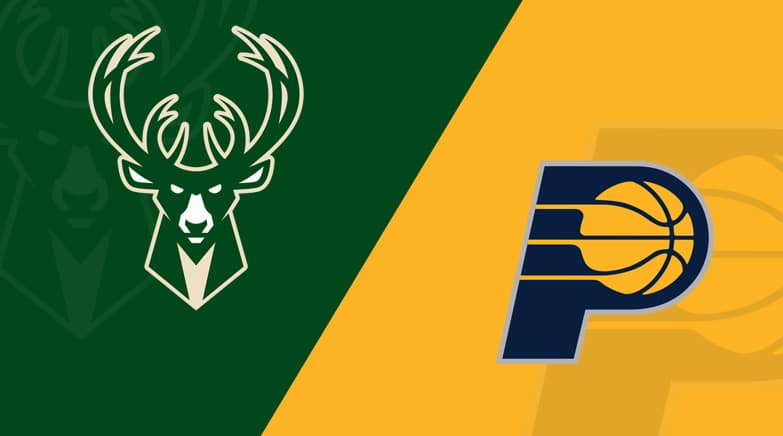For good reason, trade rumors involving the Lakers have dominated the start of the NBA season. At 11-16, it’s clear that they don’t have enough talent on their roster to compete for a championship.
How much are LA’s 2027 and 2029 first-round draft picks actually worth?
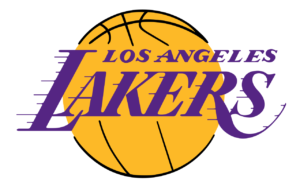
They can only trade their first-round picks in 2027 and 2029, as well as a few second-round picks. Those two picks have been mentioned in trade talks involving Myles Turner and Buddy Hield, Mike Conley, Terry Rozier, Bojan Bogdanovic, and others. The Lakers, on the other hand, have been hesitant to trade those picks, and as a result, they’ve almost become legendary.
As ESPN’s Adrian Wojnarowski recently stated on “NBA Today,”: “They’re not going to use the picks unless they can get back essentially an All-Star level player.”
The buzz surrounding those picks suggests that they will almost certainly be good-to-great, but is that a fair assessment of their worth?
The Lakers are attempting to trade five and seven-year-old draft picks. That hasn’t happened very often in NBA history. In fact, picks traded four or more years out have only conveyed 18 times in the last 20 drafts, per Pro Sports Transactions.
There is a caveat to the fact that those picks have generally landed in the middle of the first round. If not for pick protections, some of them would have communicated earlier and in a higher position.
These pick protections explain why trades like the ones the Lakers are attempting are so rare.
If you want the short version, the Lakers are severely limited in the amount of protections they can place on their 2027 and 2029 draft picks due to trade rules.
The Lakers own the picks 2026, 2027, 2028, and 2029, but they can only trade two of them due to the Stepien Rule, which prohibits teams from trading picks in consecutive years. The Stepien Rule also prevents the Lakers from implementing safeguards that would prevent those picks from being conveyed.
For example, if the Lakers attempted to top-three protect their 2027 pick, pushing it back to 2028 if those protections were met, they would be in violation of the Stepien Rule because they would be trading consecutive picks in 2028 and 2029. As a result, pick protection is a violation of the league’s collective bargaining agreement (CBA).
Similarly, the Lakers are unable to place protections on their 2029 pick due to a CBA rule that prohibits trading picks more than seven years in advance. If the Lakers protect their 2029 pick and potentially move it to 2030, they would be trading a pick eight years in the future.
To protect their draft picks, the Lakers have a few options. They can make them immediately convey into second-rounders if they fall into a certain range. They could also simply trade their 2027 pick and protect it through 2027 and 2028 before it becomes unprotected, or a series of second-round picks in 2029.
The lack of protections on those picks makes the prospect of trading them somewhat frightening, but there’s no compelling reason to believe that the Lakers will hand over a top draft pick to pay off those debts.
They are not tied down by any long-term contracts. Only LeBron James, Anthony Davis, Damian Jones‘ $2.6 million salary, and Max Christie’s $1.7 million salary are on their cap sheet beyond this season.
After Davis and James leave, the Lakers have options for rebuilding their team or becoming less impactful players. They still have first-round swap obligations to the Pelicans in the 2023 draft, in addition to their 2024 or 2025 first-rounder from the original trade that brought Davis to Los Angeles, but they will have a ton of cap space and three first-round picks to use before 2027.
Related:
They also have the advantage of a desirable market, which has helped them land huge stars in the past. It’s impossible to predict which players will become available in the future via trade or free agency, but the Lakers always seem to find a way to get involved.
The Lakers’ picks are worth more than others because of the limited protections that they can put on them, but their value has been wildly overstated.
Because of how far out the picks are, they have less value than other first-round picks. Draft picks, for example, have a time value — they are more valuable the closer they are to being conveyed.
Simply put, those selections are fraught with uncertainty. Even if the Lakers do not protect those picks, they may be worth only slightly more than the average pick traded around the trade deadline. And if the Lakers continue to overpay for them, a deal is unlikely to be reached.
